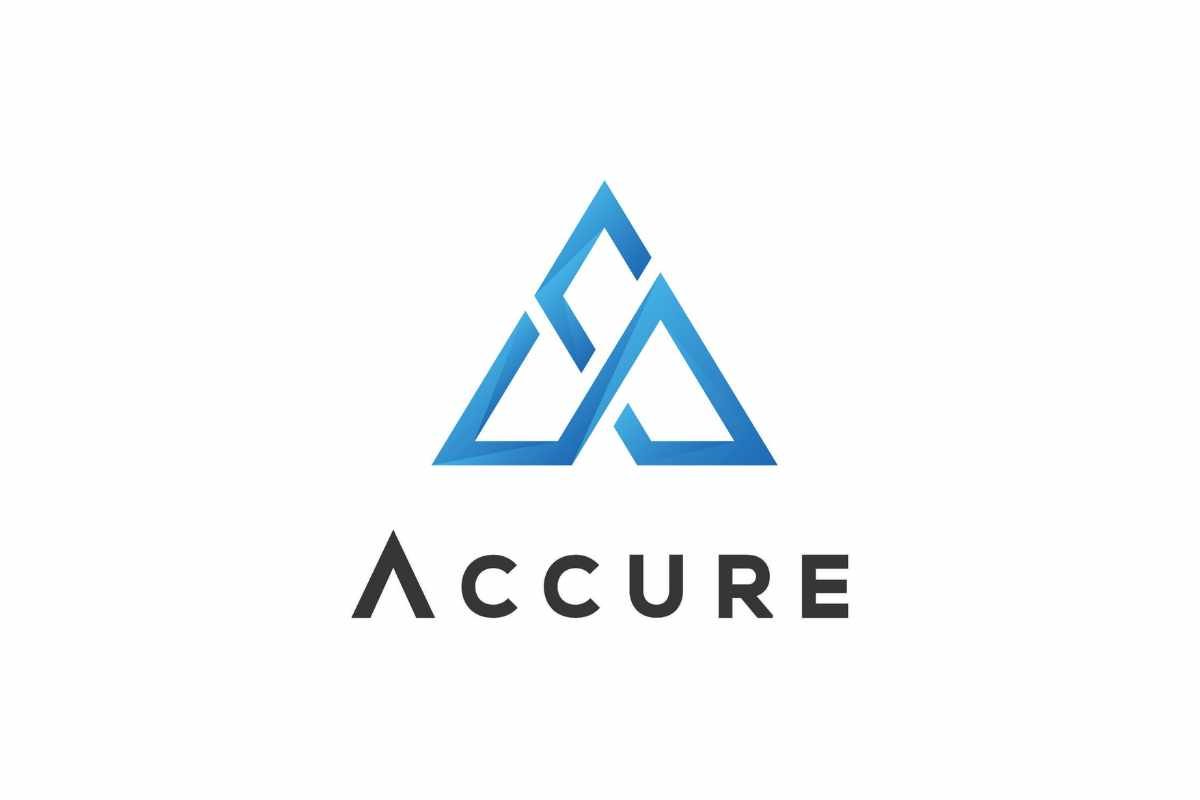INTRODUCTION
It should come as no surprise that Germany is the biggest market in Europe for healthcare and life science goods given the country’s reputation for producing world-class scientists, creative start-ups, and world-class hospitals.
Patients located all over the world have access to a diverse selection of medicines, medical technologies, biotechnologies, and medical equipment thanks to the efforts of world-class manufacturers and service providers in the life sciences business.
In this article, we will examine some of the numerous reasons why the German Lifesciences Market for organizations that are involved in life science:
Here are 6 Reasons Why the German Lifesciences Market is Growing;
1. A healthy and growing economy
The German economy is the biggest in Europe and the fourth largest in the world as measured by GDP, after the economies of the United States, China, and Japan in that order. The nation, which is well-known for its robust economy, places a significant emphasis on exports, which positions it as a really competitive competitor on the world stage.
Pharmaceuticals were the fastest-growing category for exports in 2020, accounting for 7.1% of Germany’s total exports. Optical, technical, and medical apparatus accounted for 5.4% of Germany’s total exports in that same year. In total, German Lifesciences Market exported an impressive $1.38 trillion worth of goods that year.
The combination of cutting-edge scientific research with a workforce that possesses a high level of expertise has produced an environment that is fertile ground for innovation.
As a direct consequence of this environment, the number of patents issued for medical technology is expected to exceed one thousand in the year 2020. Because healthcare costs in Germany total more than €390 billion ($4,712 per resident), innovative approaches to bettering health may readily find an audience there.
The “Mittelstand,” which is comprised of small and medium-sized businesses and is an essential element of Germany’s healthy economy, is responsible for the development of a significant number of these fascinating and cutting-edge new ideas.
2. A Robust and Stable Infrastructure
Germany’s strategic location at the crossroads of Central and Western Europe makes it very convenient for travelers to reach a number of major cities throughout the world, including London, Amsterdam, and Paris.
Because Germany has such a well-developed infrastructure and such advanced logistical services, it is very easy for life science enterprises to transport their goods all over the globe from Germany.

German Lifesciences Market is also known for a number of prestigious institutions, including the Fraunhofer Institute, which houses a department devoted to biomedical technology; the Helmholtz Association of German Research Centres; the Robert-Koch Institute;
the Paul-Ehrlich Institute; and the Leibniz Association; all of which are recognized on an international scale as being among the best facilities in the world. Because of its robust research infrastructure, it offers a firm foundation for the development of new therapies and technological advances in medicine.
3. Pioneers in the field of innovation
Germany, a nation known for its forward-thinking and dynamic culture, is at the forefront of technological and medical developments. Germany is the best location for research and development activities since the federal government provides billions of euros in funding annually, and the country is also well-equipped with the most cutting-edge technology.
It should come as no surprise that German Lifesciences Market is the top patent applicant in Europe given its high level of dedication to the development of innovative solutions.
This usually results in the commercialization of cutting-edge technology. Germany, South Korea, and Singapore were the three nations that followed Germany on the annual Bloomberg Innovation Index as being the most technologically advanced in the year 2020.
In terms of value-added manufacturing, high-tech density, and patent activity, German Lifesciences Market came out on top, making it an undeniable victor in this competition.
4. Production capacities on par with the best in the world
Germany has a long tradition of being an innovative and successful manufacturer. It is one of the most competitive sectors for manufacturing in the world, with products ranging from some of the most well-known automobile brands in the world to innovative medical gadgets.

The pharmaceutical industry in Germany is the most important in the European Union, and the country is the third biggest manufacturer of medical technology in the whole globe.
It has highly effective procedures, cutting-edge infrastructure, and cutting-edge technology, all of which combine to make it an ideal site for life science businesses to manufacture their medical products.
5. Availability of skilled labor
Germany’s access to a large pool of talented people is made possible by its excellent education system as well as its leading academic and research institutions. In the Times Higher Education Globe University Rankings 2021, Germany is home to 48 institutions that are regarded as being among the very best in the whole world.
An astounding 81% of the population of Germany has completed education or training comparable to that required for university admittance.
Germany is a desirable place for life science workers looking to migrate because of the country’s many prospects for innovation as well as its high-quality living standards. German Lifesciences Market is a popular destination for professionals in biosciences from all over the globe due to its easy admission criteria.
6. Job skills

The educational system of Germany is critically significant to the nation’s ability to compete successfully in the industrial sector. Because of what Mr. Woergoetter refers to as a “societal desire,” schools in a significant portion of Germany let out for the day around midday.
This is done so that students may spend more time with their families. However, the German Lifesciences Market model truly begins to differentiate itself in the latter years of the educational process.
Also Read: 20 Best Healthcare Inventions that Changed Our Way of Life











